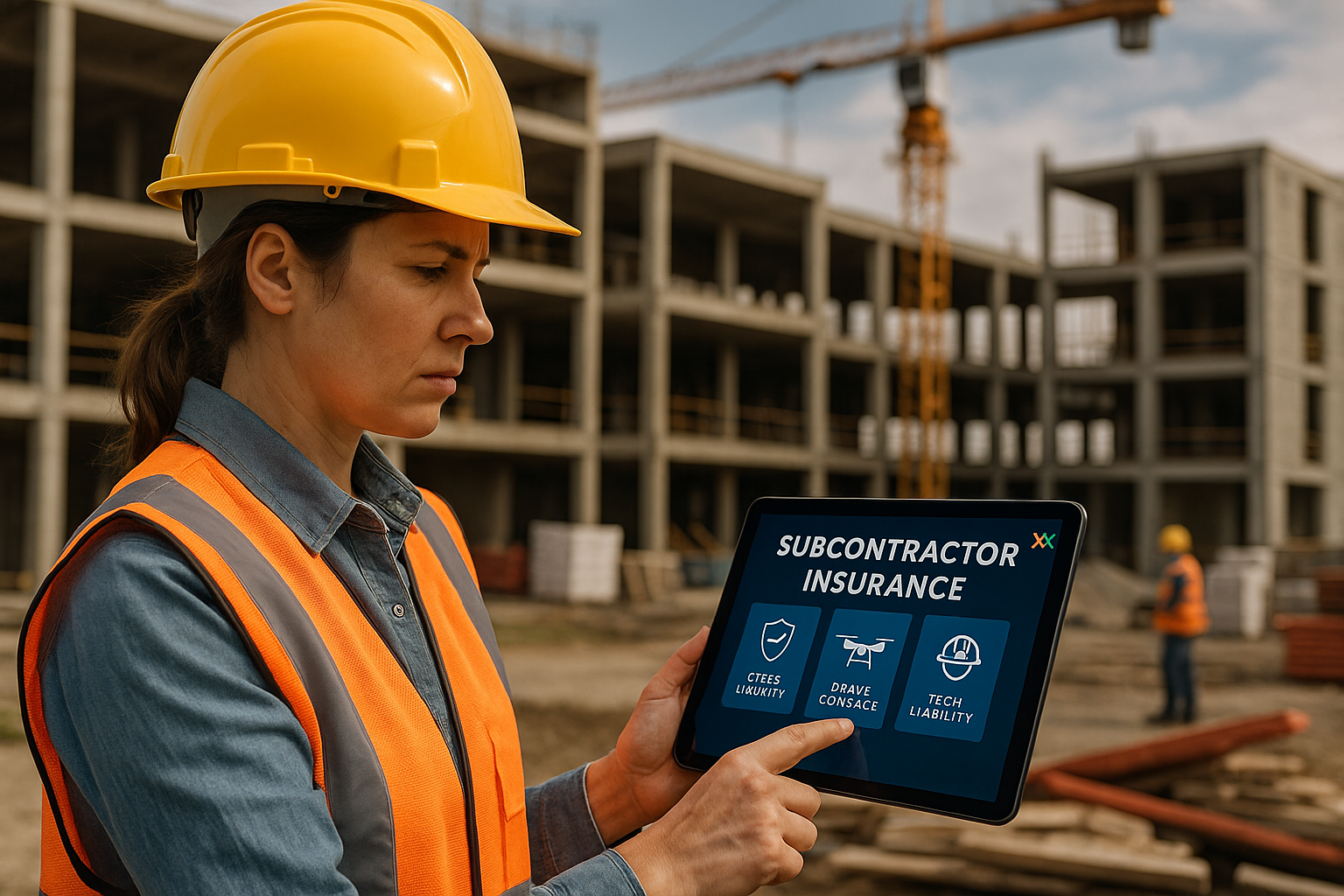Carbon Limits in Construction: Building a Sustainable Future

The construction industry is a major contributor to global carbon emissions, accounting for nearly 40% of energy-related CO₂ emissions worldwide. As the world grapples with climate change, there is increasing pressure to reduce the carbon footprint of buildings and infrastructure. This has led to the introduction of carbon limits—regulations and strategies aimed at minimizing greenhouse gas (GHG) emissions in construction projects.
The Role of Carbon Limits in Sustainable Building Practices
Carbon limits serve as benchmarks for reducing emissions at every stage of a building’s lifecycle, from material production to demolition. These limits are often enforced through government regulations, industry standards, and voluntary green building certifications such as LEED and BREEAM. By implementing carbon limits, the construction industry can transition towards more sustainable practices, improving energy efficiency, reducing waste, and promoting the use of eco-friendly materials.
Key Factors Driving the Implementation of Carbon Limits
Several factors have contributed to the growing focus on carbon limits in construction, including:
- Regulatory Pressure: Governments worldwide are setting stricter emission targets, pushing the construction industry to adopt low-carbon materials and energy-efficient technologies.
- Market Demand: Clients and investors increasingly prioritize sustainable building practices, favouring contractors and developers that align with carbon reduction goals.
- Technological Advancements: Innovations in green building materials, carbon capture, and construction automation are enabling the industry to lower emissions more effectively.
- Cost Savings: Sustainable construction methods, while requiring upfront investment, often lead to long-term savings in energy consumption and operational costs.
Strategies for Reducing Carbon Footprint in Construction
To comply with carbon limits, the industry is embracing several key strategies:
1. Low-Carbon Building Materials
Traditional materials like cement and steel are highly carbon intensive. The industry is increasingly shifting towards alternatives such as:
- Carbon-capturing concrete (e.g., CarbonCure and Carbon Limit’s CaptureCrete®)
- Recycled steel and aluminum
- Mass timber and bamboo
- Geopolymer and fly ash-based concrete
2. Energy-Efficient Design and Construction
Adopting energy-efficient designs and sustainable construction techniques can significantly reduce emissions. This includes:
- Passive solar design to minimize heating and cooling needs
- High-performance insulation and glazing
- Prefabrication and modular construction to reduce waste
- Renewable energy integration in buildings (solar panels, geothermal systems)
3. Electrification and Alternative Energy Sources
Switching from fossil-fuel-powered equipment to electric and hydrogen-powered machinery can help lower construction emissions. Additionally, using renewable energy sources at construction sites reduces overall carbon impact.
4. Carbon Capture and Storage (CCS) Technologies
Emerging technologies allow construction sites to capture and store CO₂ emissions directly from operations. Carbon-sequestering materials, such as concrete infused with captured CO₂, are also gaining traction.
5. Adopting Circular Economy Principles
A circular economy approach minimizes waste and maximizes resource efficiency. Strategies include:
- Designing buildings for deconstruction and reuse
- Repurposing demolition materials
- Encouraging closed-loop supply chains
The Future of Carbon Limits in Construction
As the construction industry continues to evolve, carbon limits will play an essential role in shaping its future. Stricter regulations, improved technologies, and heightened awareness among stakeholders will drive the adoption of sustainable practices. Contractors, developers, and material suppliers must stay ahead of these changes to remain competitive and contribute to a greener built environment.
The implementation of carbon limits in construction is a necessary step toward reducing the industry’s environmental impact. By embracing sustainable materials, energy-efficient designs, and innovative technologies, construction professionals can help build a future where infrastructure and environmental responsibility go hand in hand. As regulations tighten and market demand for green construction grows, companies that prioritize carbon reduction will be well-positioned for long-term success.
*Brought to you by Plexxis Software: Offering software solutions for the construction industry that integrates cloud, mobile and on-premise software to improve and enhance team performance.
Share:
New From Plexxis

Green Bids: Winning More Work Through Sustainability Metrics

Beyond the Hard Hat: The Reality of Psychological Safety on the Job

Subcontractor Insurance: Are You Covered for Today’s Digital Risks?

